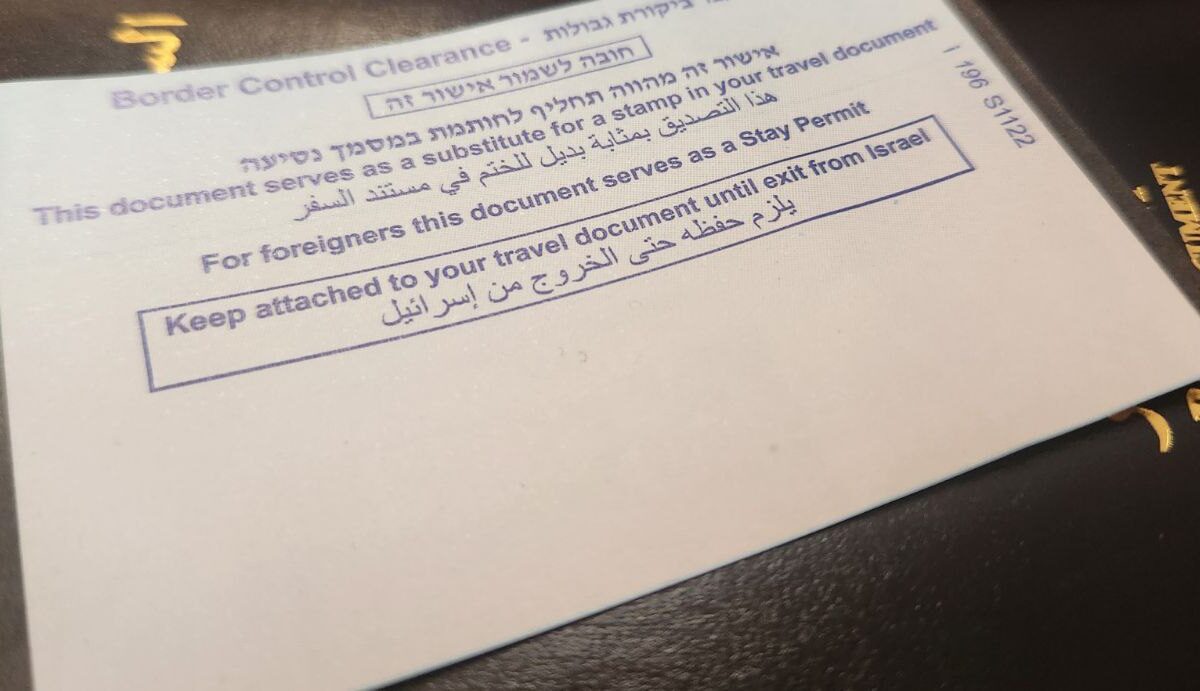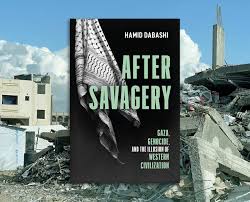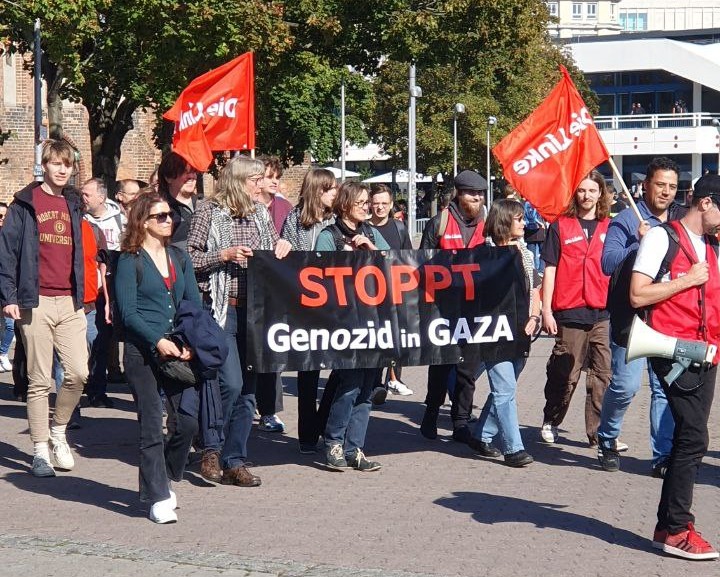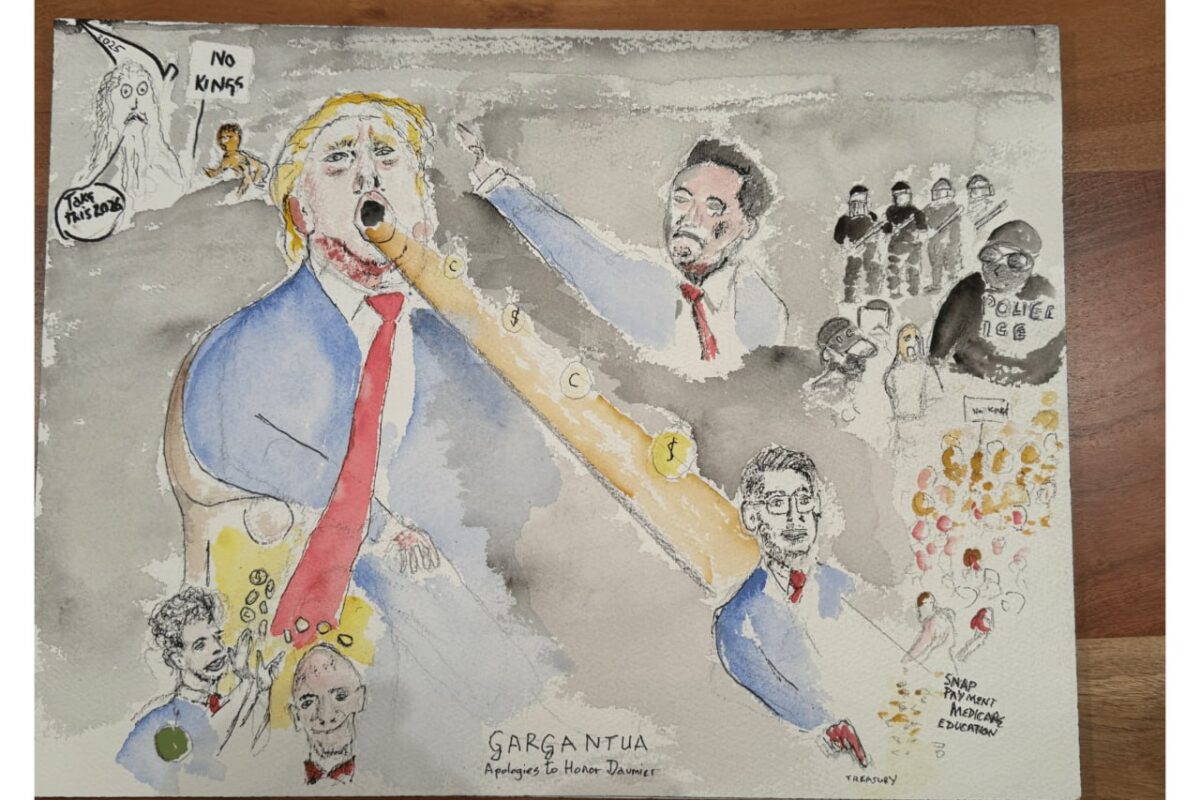For most Palestinians, the sole route in and out of the West Bank is through a border crossing located about an hour’s drive from the Jordanian capital Amman. This crossing is known by several names: the Jordanians refer to it as King Hussein Bridge, named after King Hussein of Jordan, who is not well-regarded among Palestinians. The Israelis call it Allenby Bridge, named after the British officer who led the Palestine campaign against the Ottomans in World War 1 and rebuilt the bridge. Palestinians, however, call it Al-Karameh Bridge, named in honor of a battle in the nearby town of Karameh – meaning ‘dignity’ in Arabic – where Palestinian fighters claimed a partial victory against Israeli forces in 1968. Meanwhile everyday people simply call it The Bridge.
The Bridge has three sides: a Jordanian, an Israeli and a Palestinian.
The Jordanian side
Traveling from Jordan (or overseas) this is the side you will get to first, it’s about an hour drive from the capital, Amman, or its airport and is located just outside a small border town. The area looks underdeveloped: small bumpy roads and no proper taxi drop off area or a large parking space. The walls from the outside look old and rusty and it feels very much like you are entering an abandoned area that is being swarmed with people.
Once you get off the taxi the first step is to buy a ticket for the bus that will take you to the Israeli side. There are three windows that sell tickets (a newly opened fourth in a separate area), the windows are in the middle, separated by a tall thick metal fence that makes you feel you are in a cage. On both sides are the doors that will lead you to the next step after the tickets. This place is covered from the sun (as it is outdoors) and has a dozen or so fans, half of which had not been working, judging from the cobwebs, for a long time. There is little respect for queuing while buying tickets, and lots of shouting and pushing as people – with their luggage- move forward. In their defense the place does look as if it is designed for such a thing, or – more likely – not designed for anything. There is an empty VIP lane (a fast-track lane but it’s called VIP) that you can use for an extra fee to skip this queue and subsequent ones. Another common way to skip queues is to know someone, usually a security guard, who will escort you ahead of everyone. Next to the ticket windows there is a large sign in Arabic warning you that photography is prohibited at the crossing, and a smaller sign, in English, that says ‘’No Drones Allowed’.
After the tickets you need to wait for any of the two doors to open once the employees inside open them for a brief time to let people in so that it’s not crowded inside. When it’s crowded outside (which is common) you are more likely to be pushed through the doors than walk by yourself. Inside there is a small room in which you’re separated from your luggage (you will pick it up later on) with the usual luggage scanner that you see in airports next to a single metal detector door. Passing them leads to the Jordanian departure hall, where you need to fill a departure card (known as the white card) with basic personal info, then walk (and queue) to one of the several booths (similar to airport immigration ones) with your passport and the departure card, the officer then checks the documents and passes them through a small hole on their right to another officer servicing another booth and asks you to queue on that booth (most of the trip is spent queuing). The other officer stamps the white departure cards with half a dozen stamps before giving it back to you then you are out.
The next area is a considerably smaller hall that is roughly 100 square meters in size and has a duty-free zone, the zone primarily sells cigarettes and can get extremely crowded and chaotic as people ‘queue’ to buy the maximum allowed packs (two large boxes per person); cigarettes are extremely expensive in the West Bank compared to Jordan (three times the price when duty free) so buying here then selling it later at home will cover the trip costs and leave you with a small profit. Some people buy more than what is allowed and look for strangers who didn’t buy to carry it for them, others are professional ‘smugglers’ who seem to know what they are doing when hiding the cigarette packs in their hand bags.
Leaving that area you are outdoors again and you need to look for your luggage that was thrown in some corner and then get on the bus (less queuing here and more pushing). The buses come one by one and leave one by one whenever the Israeli side allows. Once on the bus and before it moves an officer gets on board to check your ticket and take the bottom half of the white departure card leaving you with the top half. The (manual) gate then opens and the bus takes a short drive to a nearby rest area where it parks till it gets a signal to move again, then passes a sign in Arabic with the odd message: “We are the closest to the crisis in Palestine”. After 10 minutes it continues its trip through a narrow road interrupted by a crossing herd of sheeps then it stops at a checkpoint next to the Military Liaison Office where an officer – still Jordanian – gets on board and takes the remaining top half of the white departure card. After a short drive, the bus crosses the actual bridge where the water has long since dried up and is now just dry grass. A plaque displaying the Japanese flag and the words “From the Japanese People” is placed on the left side. From this point on, the area looks drastically different with large modern roads bearing a new flag and language.
The Israeli side
Right after crossing the bridge the bus stops at an automated gate like those in parking lots. A few cleaning staff are the only people visible. Once the gate opens the bus drives through artificial small hills with machine gun nests before coming to its final stop in a few hundred meters, everyone then disembarks to pick up their luggage that was just recklessly unloaded from a trolley attached to the back of the bus and checks it into the Israeli area after another queue and more pushing. Inside the Israeli departure hall there is a queue to go through the one sole metal detector door servicing thousands of travellers a day – on average twenty five thousand pass through this door a week. In the event that the metal detector beeps you are asked to go through the adjacent 360 X-Ray scanner, the scanner is there to ensure you have a safe and pleasant trip (or so the sign says). In front of these scanners there are two glass booths with two visibly bored frowning Israelis who don’t say much, but give hand gestures when something beeps to try again or try the other door. There are a number of Palestinian workers to guide you through the scanners and interpret the gestures of the frowning, bored Israelis. After clearing the security area there is one short queue followed by another longer one; in the first booth the Israeli takes your passport and asks a couple of questions and gives it back to you with a small paper that you take to the next booth. The next Israeli officer, the first who isn’t frowning, though still bored, takes the passport and the small paper again, scans and returns them and you are off to pick up your luggage, passing the customs area with more frowning Israelis yelling four or five Arabic words that they know at frustrated travellers (bag!, here!, passport!, come!, etc..).
Outside there is another bus ticket window where you need to buy a ticket to the Palestinian side to get on the bus, sometimes there is queuing here but not this time.
The Palestinian side
After a short drive the bus leaves the Israeli area and enters the Palestinian city of Jericho where the Palestinian side is. You get off the bus and pass a short queue at the immigration booth, then a tiny customs area where the officers are likely to ask you to open your luggage looking for hidden cigarettes then you are done. The surroundings outside looks way more developed than the Jordanian counterpart with proper parking lots for public transport and private cars, a small cafeteria and better overall buildings and roads as well as free WiFi (something the previous sides lacked). From here you can take a shuttle van or a bus to your destination or a short walk into Jericho downtown.
It’s worth mentioning that even though crossing The Bridge is an annoying and time consuming process; two and half hours on quiet days and five plus hours when it’s busy; aside from 20 minute bus rides, the trip is spent queuing. It has gotten much better over the past decade. Previously, luggage was transported in separate trucks, causing long waits on the Israeli side if you arrived before your bag. Working hours were more limited but now (before October 7th) it operates 24 hours for a day or two; the rest of the days it varies from 8 am till 4.30 pm or 12 pm and closes on Saturdays. There were far more Israeli officers and armed soldiers, some used to get on the bus before its final stop to check everyone’s ID. The changes were most likely not made to facilitate travel for Palestinians but to alleviate the boredom of the Israeli authorities monitoring them. Nowadays the staff at the Israeli side are from private security companies and throughout the whole trip two (female) soldiers could be seen carrying their lunch in the Israeli side before they went into their office.




